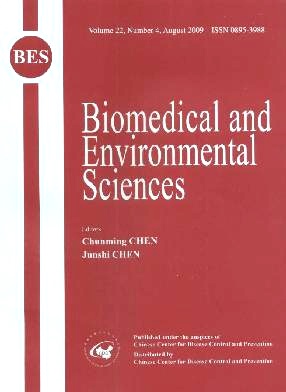Total Particulate Matter and Wound Healing: An in vivo Study with Histological Insights
-
Key words:
- Cigarette /
- Total particulate matter /
- Wound healing /
- Re-epithelialization /
- Angiogenesis
Abstract: Objectives Wound healing in the skin is a multifarious orchestration of cellular processes and cigarette smoking may be a cause for delayed wound healing. The aim of this study was to investigate the plausible association between exposures of cigarette total particulate matter (TPM) and wound healing. Methods An in vivo wound healing model of mice was established for determination of assorted events of wound healing, dermal matrix regeneration, re-epithelialization, and neovascularization. A total of 72 adult mice, separated in eight groups, were exposed to TPM for 12 days. Results A highly considerable diminution in wound closure (P<0.001) was pragmatic among all TPM-treated mice from day 6 to day 8 post-wounding. Histological investigations unveiled a noteworthy impede in the outcome of re-epithelialization, dermal matrix regeneration and maturation of collagen bundles among all TPM-exposed wounds. Delayed commencement of neovascularization was pragmatic among all TPM-treated mice, on day 12 post wounding. Abbot curve, angular spectrum, and other different parameters of 3D surface behavior of wounds revealed a very highly significant reduction (P<0.001) in angiogenesis on days 6 and 8 post-wounding, which points that application of TPM instigates extensive delay in trigging the progression of angiogenesis, resulting in delayed onset of wound healing. Conclusion Our annotations validate the damaging effects of TPM on wound healing and excessive use of TPM may lead to the production of chronic wounds and oral ulcers.
| Citation: | SOHAIL EJAZ, MUHAMMAD ASHRAF, MUHAMMAD NAWAZ, CHAE WOONG LIM. Total Particulate Matter and Wound Healing: An in vivo Study with Histological Insights[J]. Biomedical and Environmental Sciences, 2009, 22(4): 278-287. |







 Quick Links
Quick Links
 DownLoad:
DownLoad: